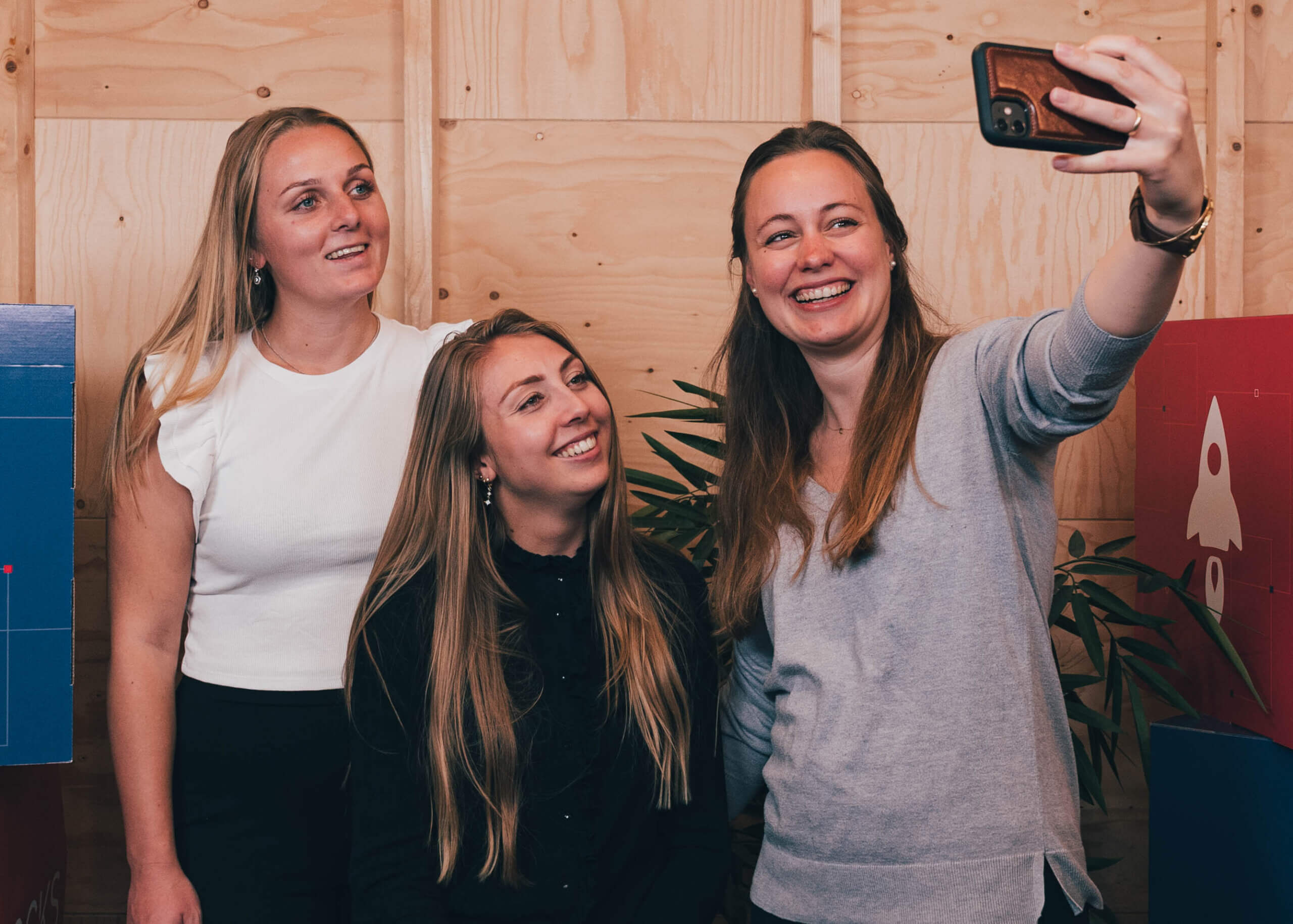Cold Versus Warm Leads: Key B2B Prospecting Secrets For The Summer

A lead is the foundation of every successful B2B transaction. Knowing how to correctly classify your leads from the top of the sales funnel to a purchasing decision makes the process an easier, more fruitful one.
When using B2B marketing and sales strategies, you must distinguish your leads to better understand how to convert them into prospects.
We prepared this guide so it can become much easier for you to spot and indicate which lead type you’re dealing with. Generally, the warmer a lead, the closer they are to buying. But if a lead is cold, you need to keep providing them with information until they are ready to buy.
Do you want to learn how to convert those leads? Let’s look at ways to properly differentiate B2B sales leads and how to prospect them the right way to close more deals.
What Are The Types of Sales Lead in B2B?
Someone interested in your service or product is referred to as a sales lead. This person meets your criteria for an ideal customer and would benefit from your services. Every lead category is unique, as are the methods for nurturing them. While some will convert into sales in a shorter time, others will take longer to buy your goods or services.
In B2B sales, we divide leads into three types:
- Cold lead
- Warm lead
- Hot Lead
Recognizing sales lead temperature is critical for determining where leads are in the sales pipeline. This assists in determining the sweet spot for sales conversions.

What are Cold Leads?
At the start of your LinkedIn lead generation journey, all leads are cold. Cold leads are people that suit your target demographic but have never engaged with your business or brand.
A cold lead is not available for purchase in any way. If you try to sell them at this point, you risk alienating them and losing them altogether. Instead, use high-level, educational content to warm up the potential customer.
Because they are at the top of the sales funnel, cold leads will need the most significant time and effort to convert into prospects. These leads are the least likely to convert and require education on your company’s objective, what you provide, and why your product/service is the best fit for their unique requirements.
Cold leads know very little about your company and have never exchanged any information with you or exhibited any interest in your services. Warm and hot leads were once cold. Whether you want them to go quicker in the sales funnel or stay cold indefinitely, it’s up to you.
What are Warm Leads?
Warm leads have already taken the first step toward buying your goods or service. They’re getting closer to converting because they’ve expressed an interest. They’ve looked at your website and responded to your messages.
As a result, they know the value offer and have provided you with their contact information. Even if they aren’t ready to buy right away, they may be willing to listen to you and explore your company. They have become acquainted with what your business offers, actively researching solutions.
A warm lead is a step between cold and hot leads that may turn into a hot lead and, eventually, your prospect if you play your cards well. While cold leads are hesitant to accept your messages or visit your website, warm and hot leads have already passed that stage and are ready to be nurtured.
Warm leads are more straightforward to deal with than cold leads since you’ve already established a relationship with them and laid the framework for them. You must, however, demonstrate that your product or services will benefit their organization and provide answers.
You have to continually nurture your warm leads with relatable content, and when the timing is right, they will initiate the buying process with you.
What are Hot Leads?
Every firm aims for hot leads because they convert to sales more quickly. They are the most attractive leads since they are interested in and require your product or service. Hot leads are also known as qualified leads because they satisfy all of the requirements for being eligible to convert into a client.
This lead has researched several businesses, speaking with people about their solutions, and has most likely eliminated the competition. Having them as a hot lead means your company has done an excellent job of providing customized service, capturing their attention, and establishing trust in the connection.
How to Prospect According to Your Type of Lead
In social selling, it is critical to understand the purchasing signals for each lead type so you can guide them through the customer journey. You should have an efficient LinkedIn marketing plan to reach out to every type of lead to ensure a progressive journey of leads through your sales pipeline.
They need to be distinctly nurtured because they are at different phases of the buyer’s journey. Here are vital tips on how best to nurture and engage leads according to their types:
Cold Leads
You’ll want to attract the attention of cold leads who aren’t familiar with your service yet. Use the following tactics to pique their attention and warm them up:
- Cold Messaging
- Cold Calls
- Social Media Content
Many firms are unsure where to start prospecting for leads. Cold communications, when written appropriately, are excellent for raising awareness among potential customers. Keep the body short and to the point, and pay attention to the subject lines you write. Before crafting that message and sending it out, do thorough research on your recipient.
A survey shows that most prospects prefer to be contacted by LinkedIn. So you could connect to your prospects and keep them informed about your business by posting up-to-date content. When your lead is familiar with your company, it will be easy to establish a positive relationship.
Warm Leads
Warm leads have already expressed an interest in your company and revealed their pain concerns by responding to surveys, messages, or phone calls. You may utilize these to set yourself apart from your competition and suit the demands of your leads:
- Clients’ Testimonials.
- Personalized Content
- Real conversations
People want to know whether others have used a product or service and what they think about it before buying it. Reading favorable client testimonials or case studies might add to your credibility.
Targeting warm leads with customized content is another technique to prospect them. Landing pages, emails, blog posts, and other content that matches their interests will encourage them to buy. Be mindful, people generally prefer one-on-one interaction with something relevant to them directly. Real interaction is precious, regardless of whether you are meeting online or offline.
Do these, and you are well on your way to converting your lead from warm to hot and ready to do business.

Why You Should Use Automation Tools To Segment and Engage Your Leads
Maintaining top-of-mind awareness with your leads is critical to developing client connections in this day of infinite material streams. Good digital communication focuses on eliminating repetitive and unnecessary material. It helps to avoid cluttering a prospect’s inbox.
One of the most significant advantages of automating your lead engagement process is the ability to prevent loss of leads. If you contact a lead while you have a solution to their present problem, your chances of making a sale are much better. With automated follow-up messages, clients will be reminded of your product or service when their wants are high.
LEADBLOCKS uses precise data analysis to track a lead’s activity and engagement to determine the best time to hit send on your campaign. Predictive sending takes the guesswork out of lead nurturing efforts on LinkedIn.
Also, by having a deep understanding of your leads, personalized automated messaging helps increase engagement rates. Your team can focus on closing hot clients while LeadBlocks handles the rest.
You’ve already completed most of the job if you successfully moved a cold lead from the top of the sales funnel to the bottom. Keep in mind, though, that you must continue to nurture your potential customers for them to remain devoted clients. It will be very appreciated, and it may result in a slew of new leads.
—
Read the blog in Dutch



